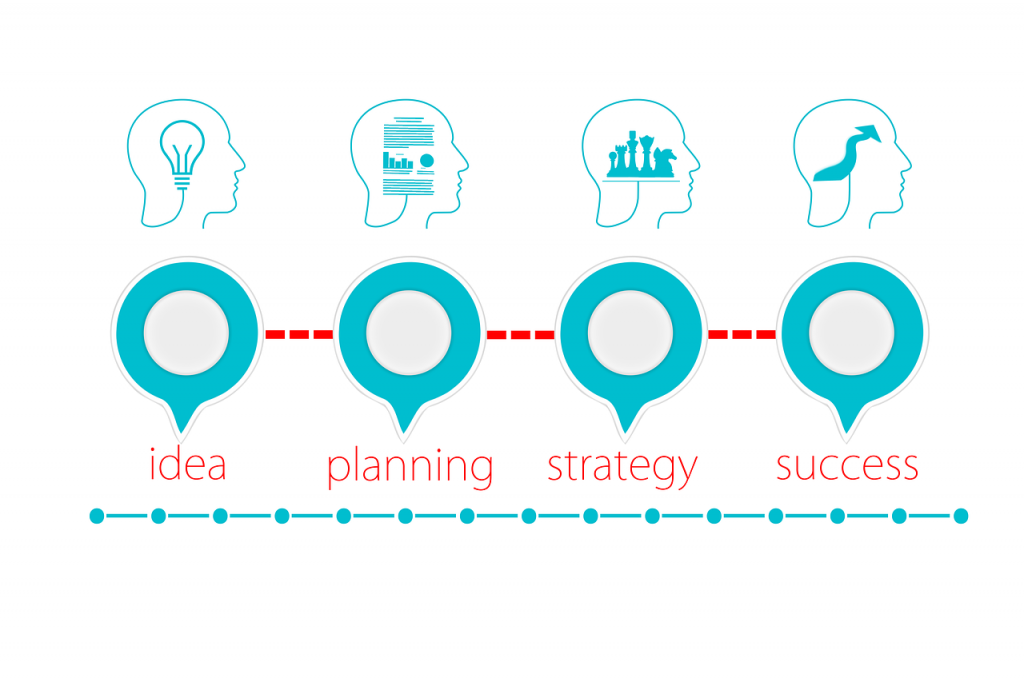Author: Águeda Delgado– Translation: Erika-Lucia Gonzalez-Carrion
A central aspect of all research that will determine to a large extent the quality of the results is the choice of the method and the instruments selected for data collection. Based on the research objectives and hypotheses (if any), the researcher will determine the type of research (documentary, experimental, field…), the approach (quantitative, qualitative or mixed) and the scope of the research (exploratory, descriptive, correlational…) and, based on these, the methods, techniques and instruments that will establish the direction the study will take, how the data will be collected and the depth of the data.

However, the choice of method does not always depend on the will of the researcher, but is often restricted by his or her possibilities and limitations, as shown in this previous entry.
Data collection, for its part, depends not only on the method or techniques selected but also on the sources from which the data will be obtained and the instruments chosen or designed for this purpose. The latter must meet three essential requirements: reliability, validity and objectivity.
– Reliability refers to the degree to which an instrument produces consistent and coherent results.
– Validity, in general, refers to the degree to which an instrument actually measures the variable it is intended to measure.
– Objectivity is the degree to which the instrument is or is not permeable to the influence of the biases of the researchers who administer, score, and interpret them.
Both reliability and validity are determined by various techniques and specific statistics. If any of the three requirements were to fail, the instrument would not be useful for carrying out the study. Therefore, it is important when selecting the instrument(s) for data collection to follow a systematic procedure and not to leave it to improvisation, to know the variable to be measured very well, as well as the theory and practice that support it, so as not to generate instruments that are not very valid or reliable.
Remember that all these aspects must be incorporated in detail in the «Material and method» section of our article, justifying the choice of method and instruments and demonstrating that our tool meets the requirements that are assumed, since we must show that the research is carried out with scientific rigor and that, therefore, the results we have arrived at are valid.
